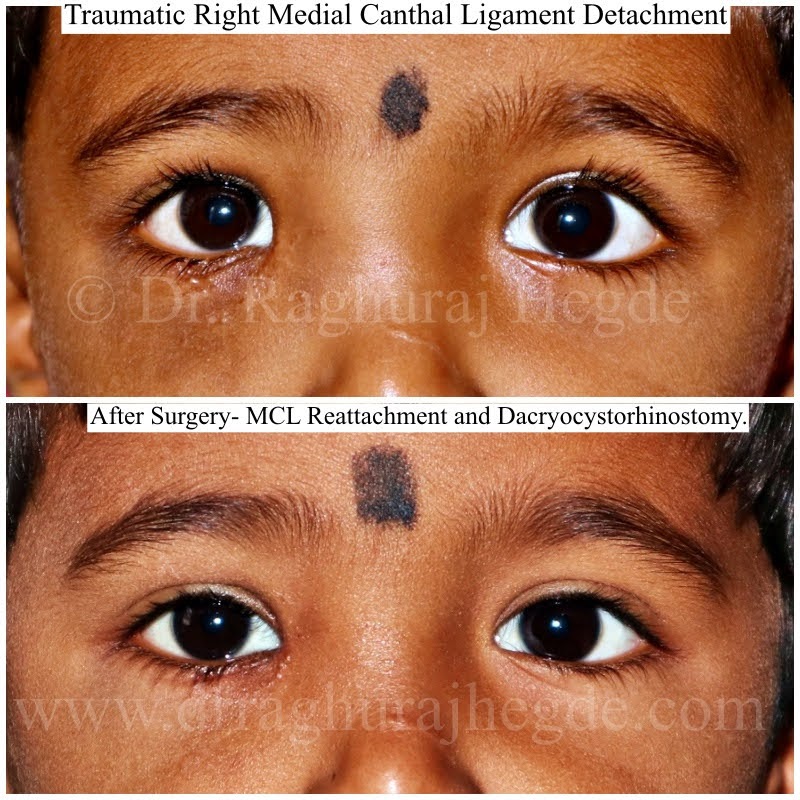I wasn’t a natural at being a doctor and struggled a little bit in medical school. Medical school was sometimes confusing and intimidating. I picked up empathy along the way and learnt to be compassionate to other people. I found out that I loved the difference that I bought to others and got better at doing my job. A lot of what I love about my job today, I discovered while being a doctor. If I hadn’t taken up medicine I would have never found out how much I would enjoy it.
Once I started residency, I took to Ophthalmology like a fish to water. It seemed to tick off all the right boxes for me. Ophthalmology is an awesome subject and it had the good mix of medical and surgical management. As I got deeper into the subject, the more I began loving it. I discovered that surgery gave me the high I had never experienced before in my life which prompted me to try to become a better surgeon every day. I learnt that there is a lot of suffering between life and death- and there was something I could do about it. I think I did well in it and in time my surgical prowess improved too. I had wonderful teachers who provided me the best platform to be a skilled surgeon that made me so confident that I always carried a chip on my shoulders-maybe even now!
I found an interest in a niche sub-specialty called Ophthalmic Plastic Surgery. The tipping point of my residency when I decided for sure that Oculoplasty was my calling was when I assisted my boss in a surgery called- Lateral orbitotomy-where he was removing a tumour from the back of the eye cutting through bone. While delivering the tumour out, I said to myself then, “that is something I want to do for a living!” . To cut a long story short I eventually managed to get into a fellowship that fed into my obsession. It was a coveted fellowship and my dream come true. I learnt to be pretty good at Oculoplasty- mostly because of my excellent training by my mentors in fellowship and equally too because I loved what I did so much.
Then I got back to Bangalore to set up my own exclusive practice in Ophthalmic Plastic Surgery and Ophthalmic Oncology. All the training till then had not taught me the lessons I learnt while establishing my own practice. It was tough starting out and I did struggle for the first couple of years. It is a lot better now and there is definitely a fair distance still to travel. I’m happy however that I found my calling in the midst of it all even though I didn’t have any grand plan all along.
My teachers in medical school, internship, residency and fellowship taught me more than just medicine & surgery- How to deliver bad news, how to hold a patient’s hand while he or she is passing through a difficult phase of treatment, how to negotiate with an obstinate non-compliant patient, how to know where you can fit into the patient’s convalescence and when to get out- these are not written in textbooks but learnt by spending time training with my role models. Over the years during my training and later in practice I would see time and again that the doctors whom I wanted to emulate owned their patients. I hope I did that over time.
Every day, I get up in the morning hoping that my day is filled with cases which pique my curiosity. In my clinics and in the operating theatre, I’m never disappointed- I get presented with fresh challenges constantly which always keeps me on my toes. Whether fixing a facial fracture or removing a large tumour behind the eye or making someone look a better version of themselves, life is never boring for me. What my work gives me is more than I can describe in mere words but I guess these above paragraphs will have to do for now.
It hasn’t been easy. Like I said- I wasn’t a natural. I have faltered many times and suffered self-doubt more times than I can count. This “successful” journey has been inundated with many failures along the way which makes me cherish what I have even more. In all this, I have been lucky to have had teachers and mentors who tapped into my potential and sometimes saw more in me than I saw myself. My family- my parents and my wife- have stood behind me like a rock-without whose constant support I wouldn’t have been able to take the crazy career decisions I did. Despite their reservations, they trusted my madness and never once told me to hold back and “settle down”.
Last but not the least-my patients. I’m lucky to be born in a country which is so diverse as is challenging and in an era where I as a medical professional can make so much difference using the latest in my field. I often crib about my most difficult patients-but not today. My patients have brought me more joy than grief and I have many times been touched by their kindness and overwhelmed by their gratitude. However, they don’t realise that I get paid to do what I love most and I owe them more than they owe me!



































